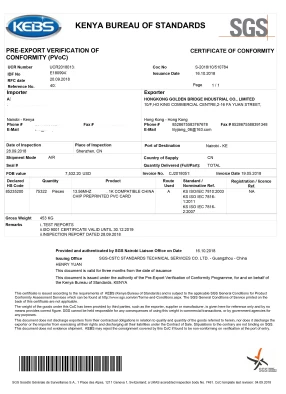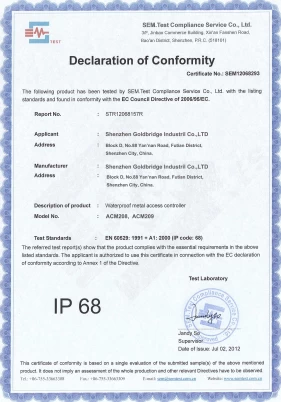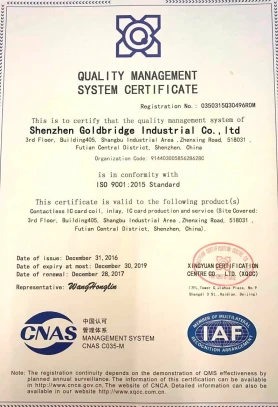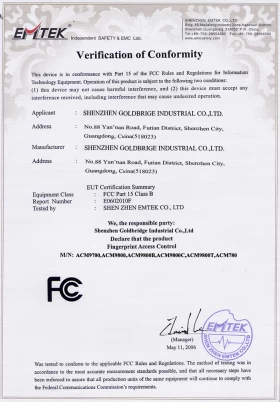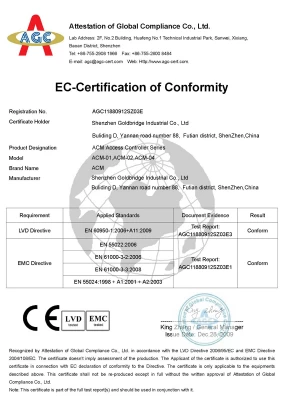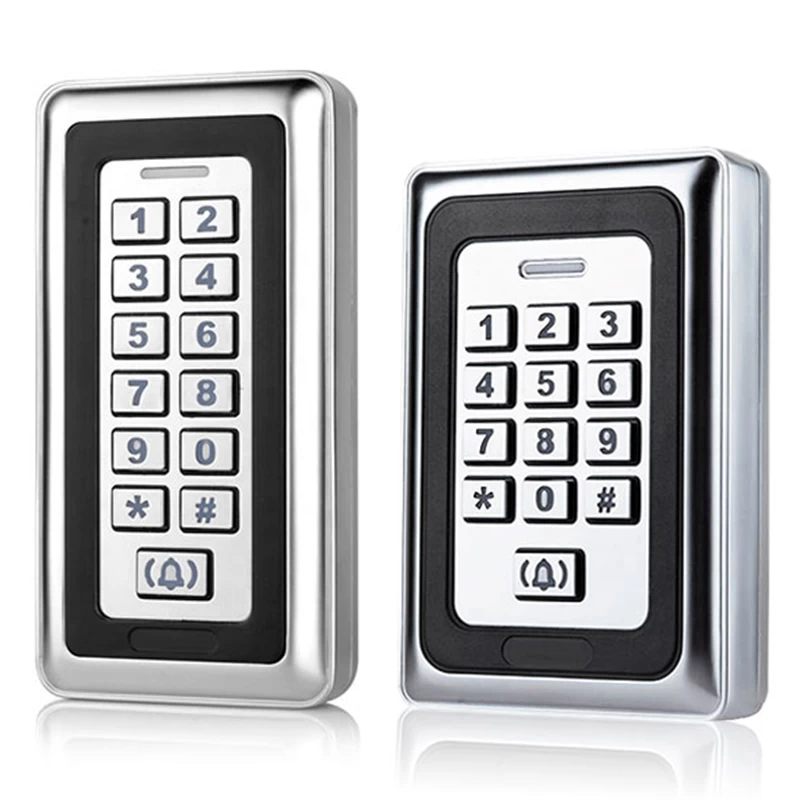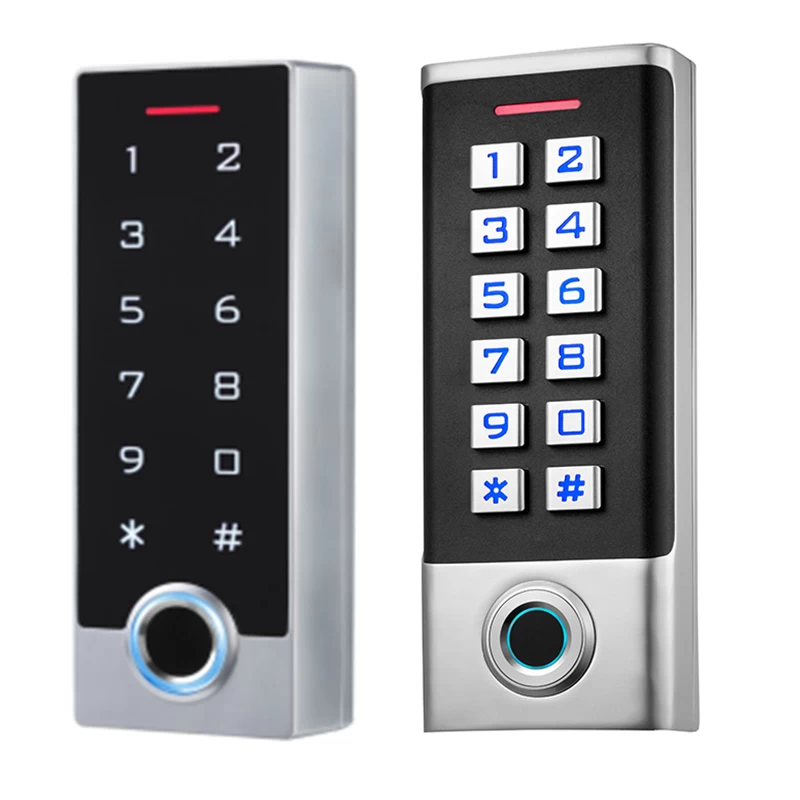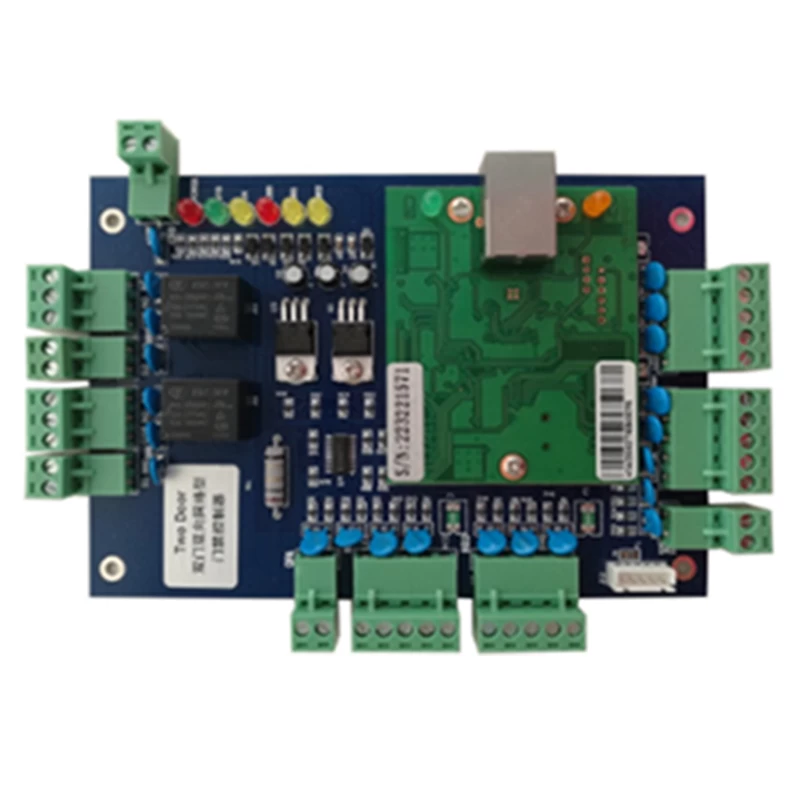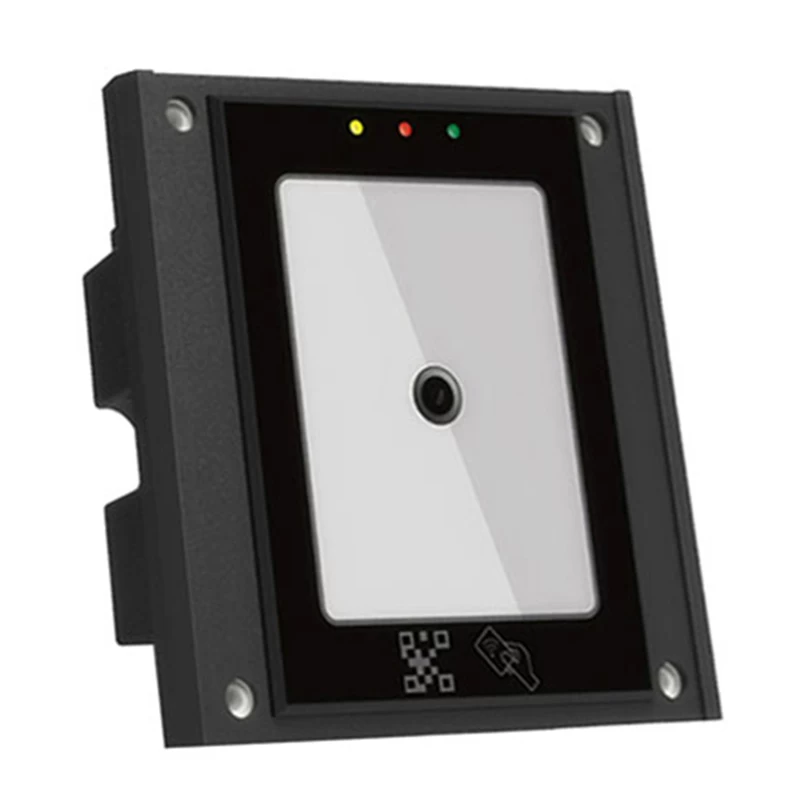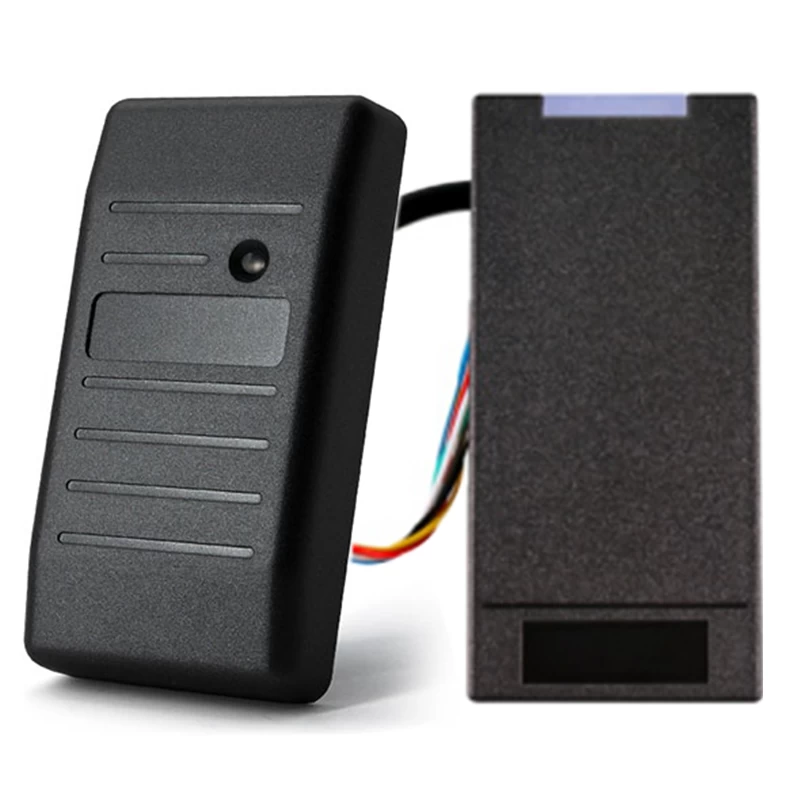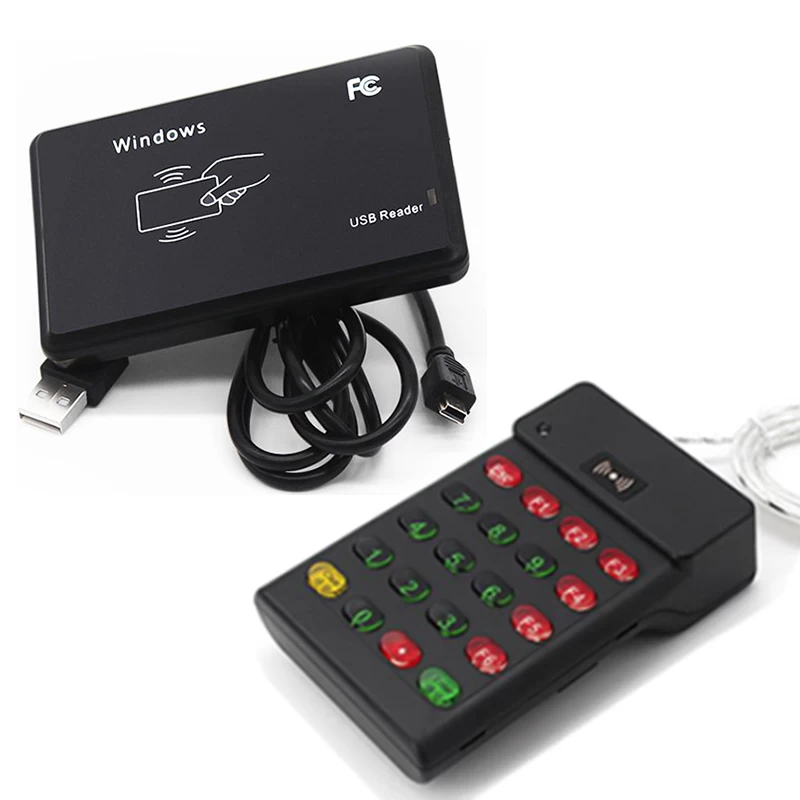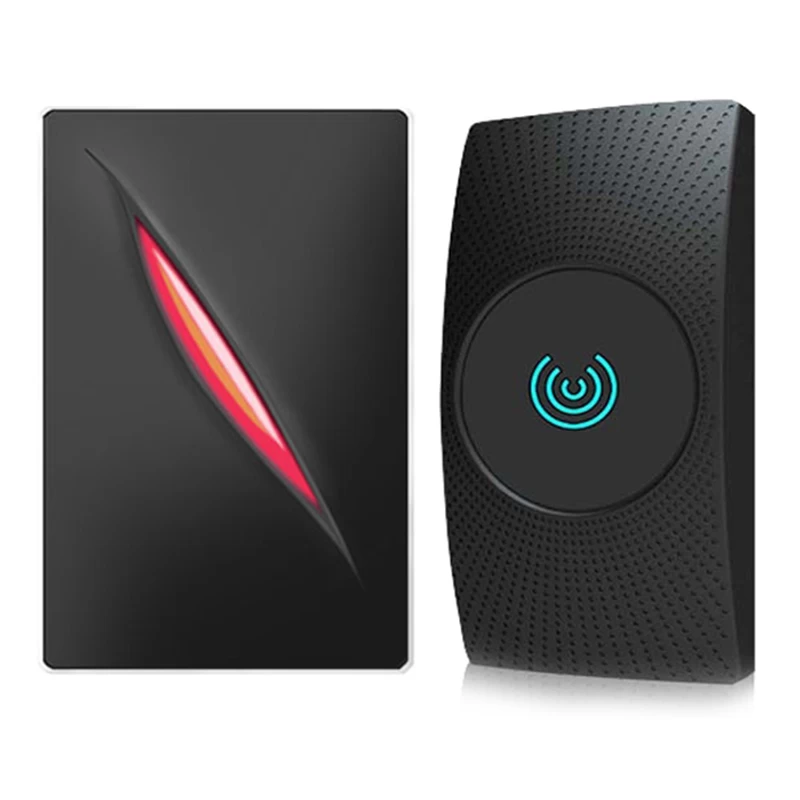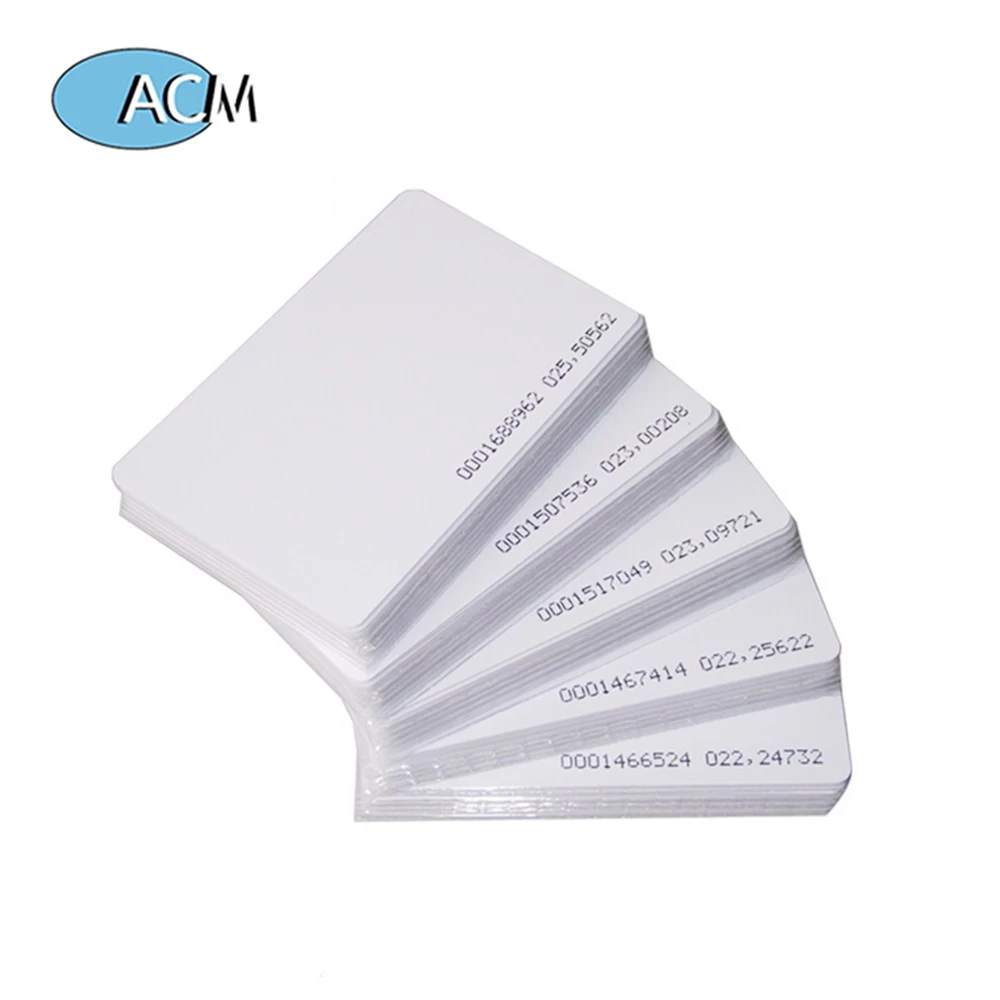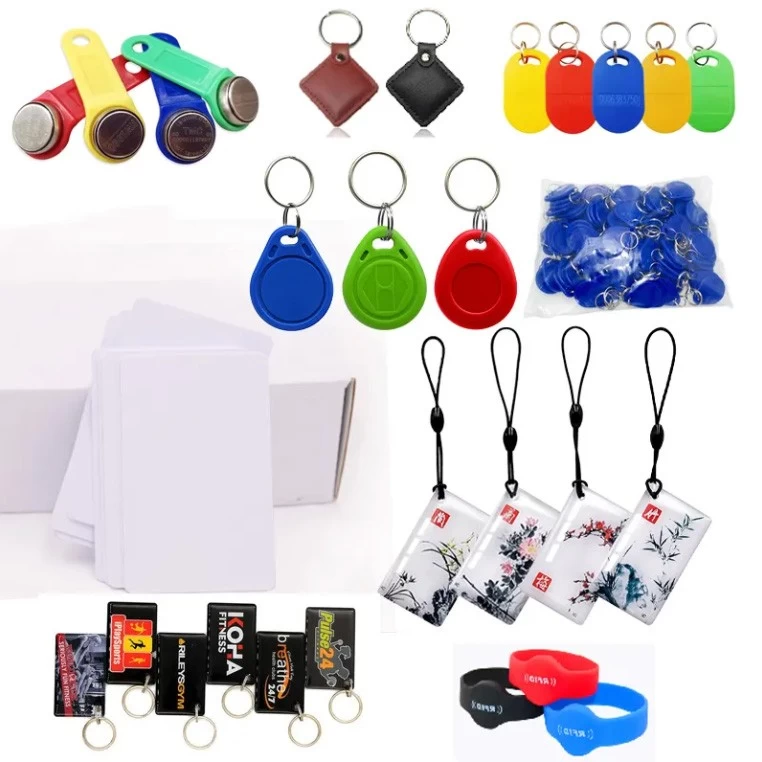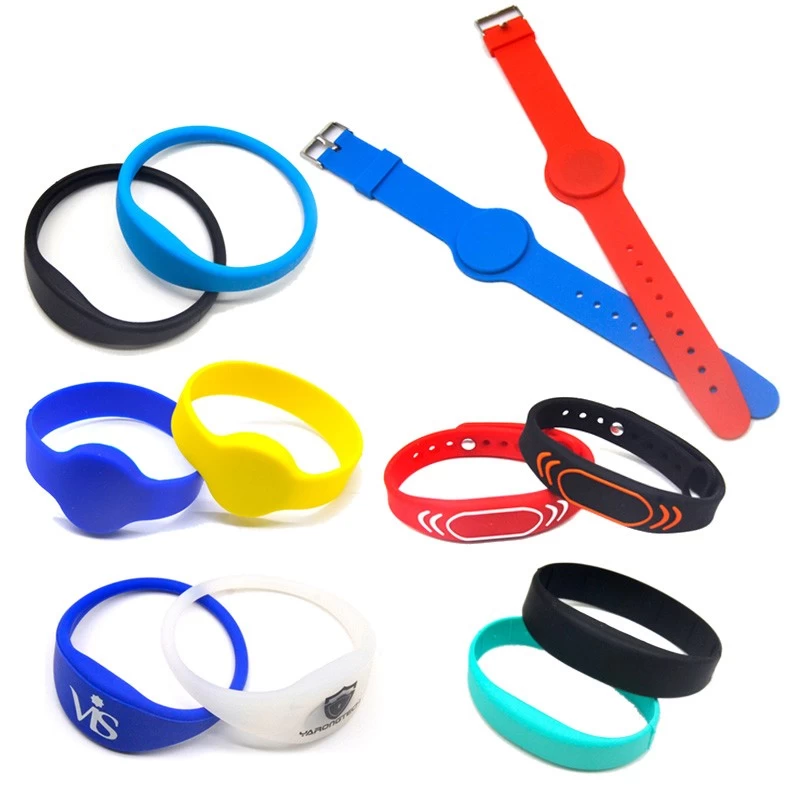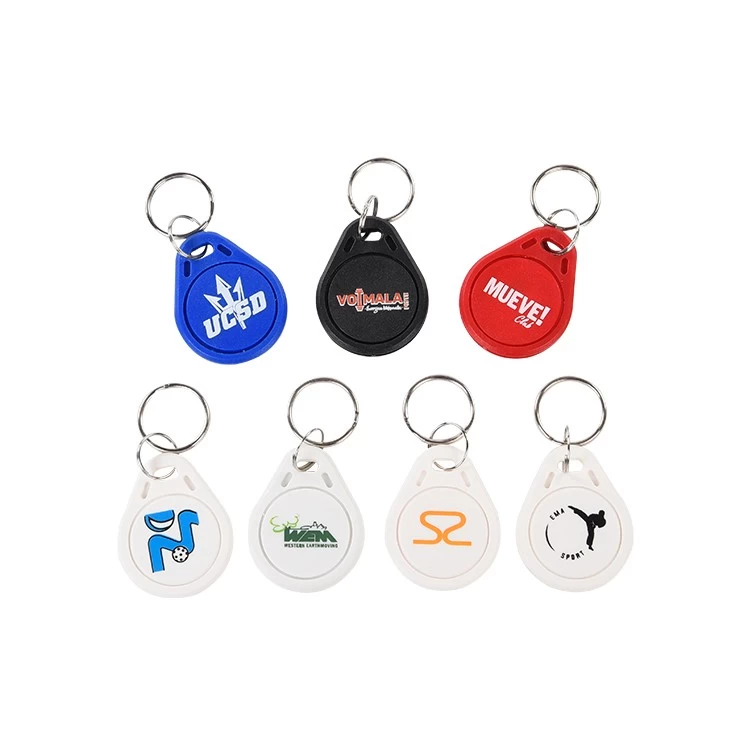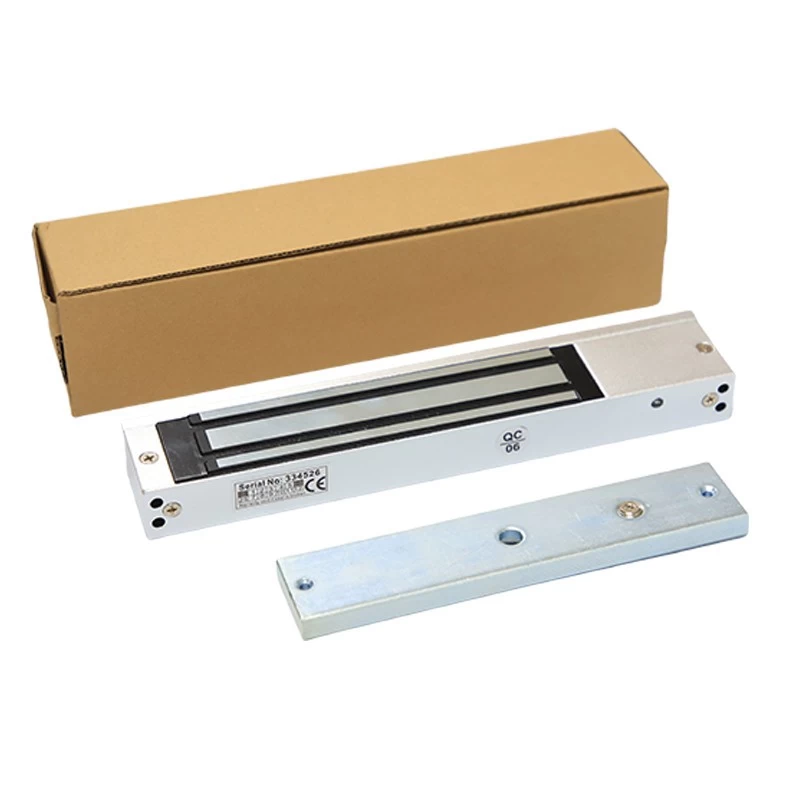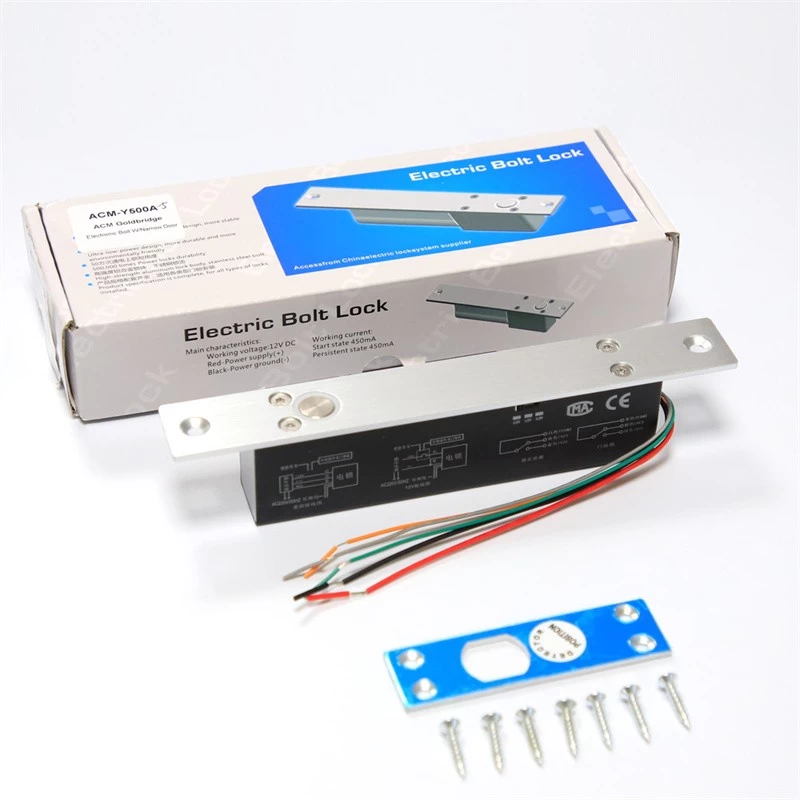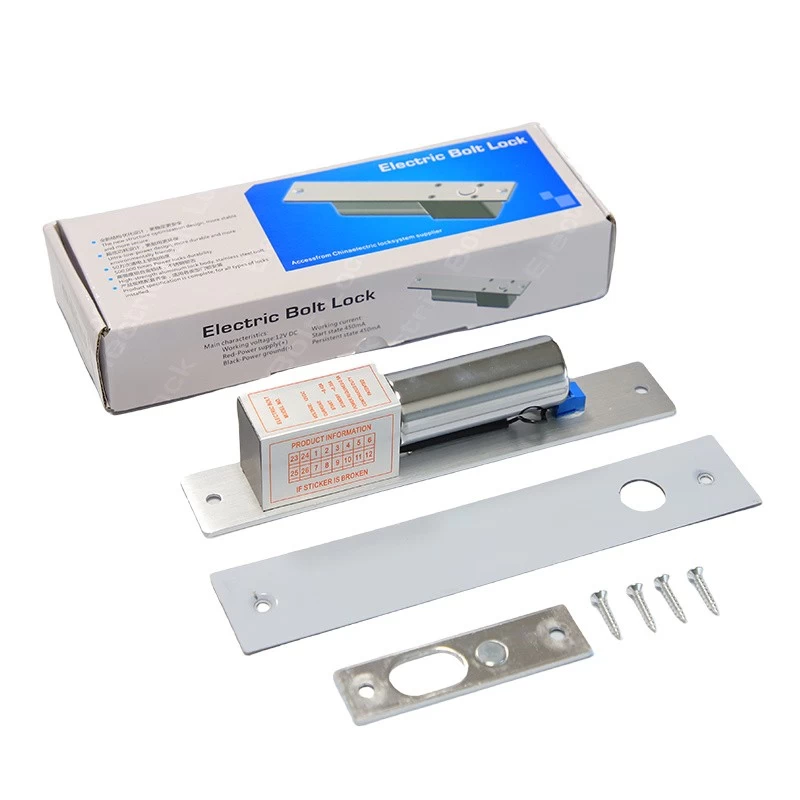The Tap-and-Go Revolution: Demystifying the NFC Technology in Your Wallet
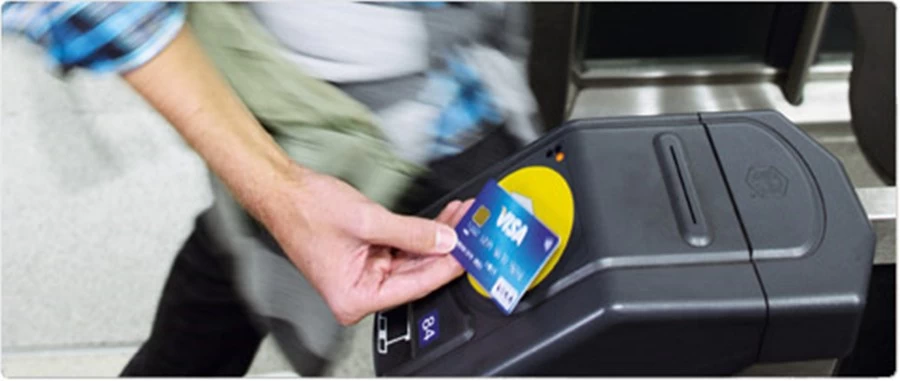
LONDON – In a world increasingly focused on speed and convenience, the humble wallet is undergoing a silent revolution. The familiar ritual of swiping a magnetic stripe or inserting a chip card is rapidly being replaced by a simple, effortless tap. This shift is powered by a technology embedded in millions of payment cards: NFC.
But what exactly is an NFC contactless payment card?
NFC: The Magic Behind the Tap
NFC, or Near Field Communication, is a short-range wireless technology that allows two devices—like a payment card and a terminal—to communicate when they are within a few centimeters of each other.
An NFC-enabled card contains a small chip and a radio antenna. When you tap your card on a compatible payment terminal, the terminal emits a radio frequency field. This field powers the chip in your card just enough to transmit encrypted payment data securely to the terminal, completing the transaction in a fraction of a second. This process, known as inductive coupling, requires no battery in the card itself.
Security: A Fortress in Your Pocket
A primary concern for any payment method is security. NFC cards are designed with multiple layers of protection:
-
Encryption: Data transmitted is encrypted and dynamic, meaning the information changes with each transaction. This makes it useless for a fraudster to intercept the signal.
-
Extremely Short Range: The "near field" in NFC is crucial. A thief cannot skim your card from across a room; they must be invasively close, making covert theft incredibly difficult.
-
Transaction Limits: Most regions and banks impose a spending limit for a single contactless transaction, requiring a PIN for larger purchases to prevent fraudulent use if a card is lost or stolen.
-
Tokenization: Many modern systems use tokenization, where a unique, one-time code is generated for each transaction instead of transmitting your actual card number.
The Benefits: Why Tap-and-Go is Winning
The global adoption of contactless payment is no accident. The benefits are clear for both consumers and businesses:
-
Unmatched Speed: Transactions are significantly faster than traditional methods, reducing queue times at checkout.
-
Enhanced Convenience: No more fumbling for cash or correctly inserting a chip card. A single tap is all it takes.
-
Hygiene: The COVID-19 pandemic accelerated contactless adoption as a cleaner, touch-free payment alternative.
-
Widespread Acceptance: From grocery stores and coffee shops to public transport systems and vending machines, contactless terminals are now ubiquitous in many countries.
The Future of Payments
While mobile wallets like Apple Pay and Google Pay—which use the same NFC technology—are growing in popularity, the physical NFC card remains a vital and accessible tool. It ensures that the convenience of tap-and-go payments is available to everyone, not just smartphone users.
As we move towards an increasingly cashless society, the tiny NFC chip in your wallet is not just a piece of technology; it is the key to a faster, smoother, and more secure financial future. The next time you tap to pay, you're not just completing a purchase—you're participating in a global technological shift.


